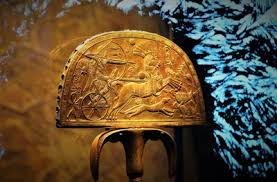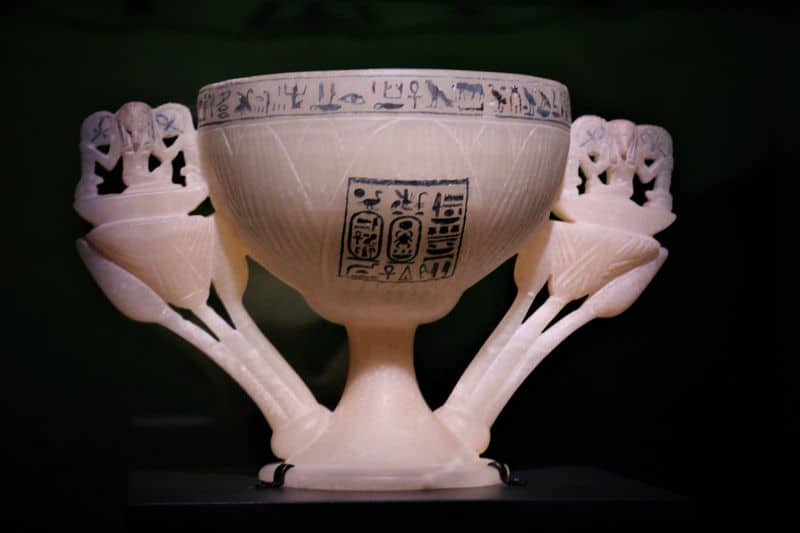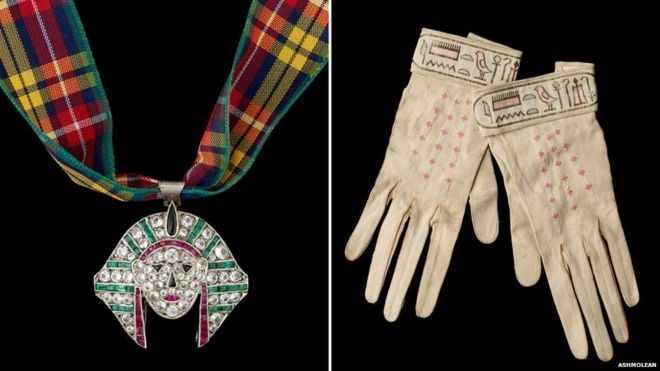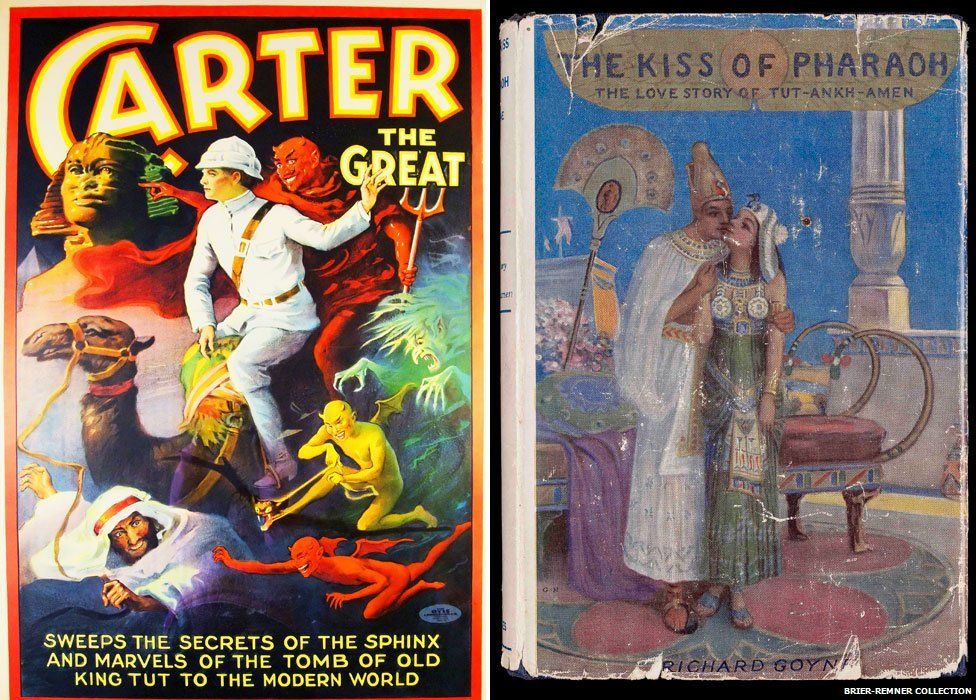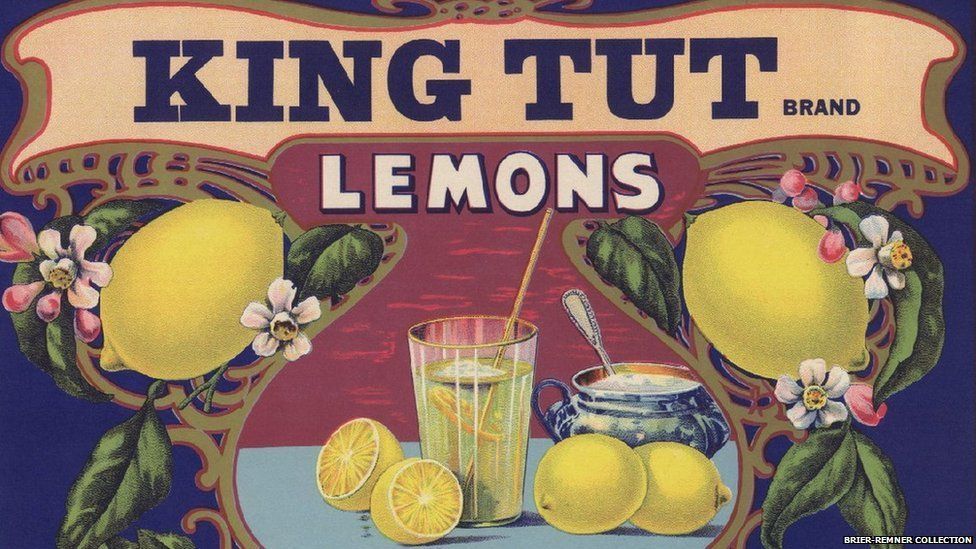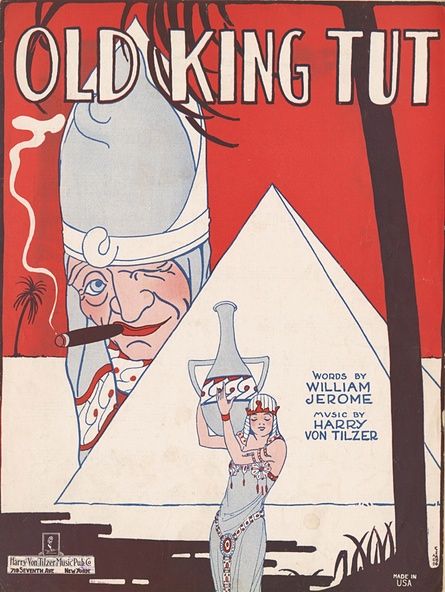Super Star of The Egyptian Government
This blockbuster museum exhibition began as a diplomatic gesture. The Egyptian government used the world-wide interest in King Tut to bolster diplomacy with the United States. Negotiations continued between the U.S. State Department and Egyptian authorities until it was decided the exhibition would start in 1976 as a gift of friendship from Egypt to the United States. In late October 1975, Egyptian Foreign Minister Ismail Fahmy signed an agreement outlining rules for the exhibition and giving the Egyptians the final say on the selection of museums. Since the insurance costs were so high for the artifacts, U.S. President Gerald Ford signed the Arts and Artifacts Indemnity Act in 1975, to help cover the cost of hosting the international exhibit. King Tut’s American tour raised $9 million for the Egyptian government to fund the renovations of the Cairo Museum.
Courtesy of Archeology Travel
"Cultural Juggernaut"
The discovery of Tutankhamun’s tomb set off a wave of fascination around the world. His fame could be seen in architecture, furniture, fashion, music, advertising, and more. The exhibition was very lucrative for its host museums, savvy retailers, and local economies. Social Media has even contributed to Tutmania. Mayor Marty Walsh shared his excitement for King Tut’s second visit to Boston on Twitter. And updates from @kingtuttour on both twitter and instagram for the most recent tour. Everywhere he goes his exhibits attract large audiences. Even breaking a record in France for most-visited exhibition in French history, out doing both his own previous record and french-nationalist Monet.
Courtesy of BBC
“A vast touring show of treasures linked to Egypt’s boy-king Tutankhamun has attracted more than 1.3 million visitors in Paris...” - Angelique Chrisafis, The Guardian
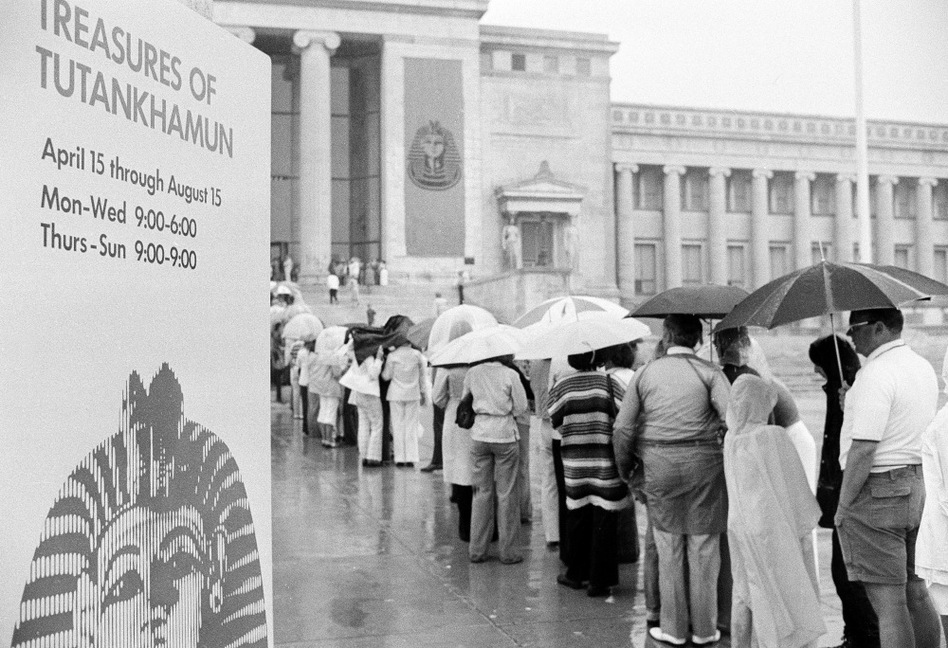
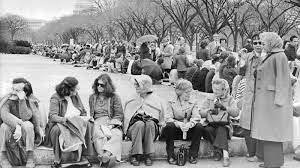
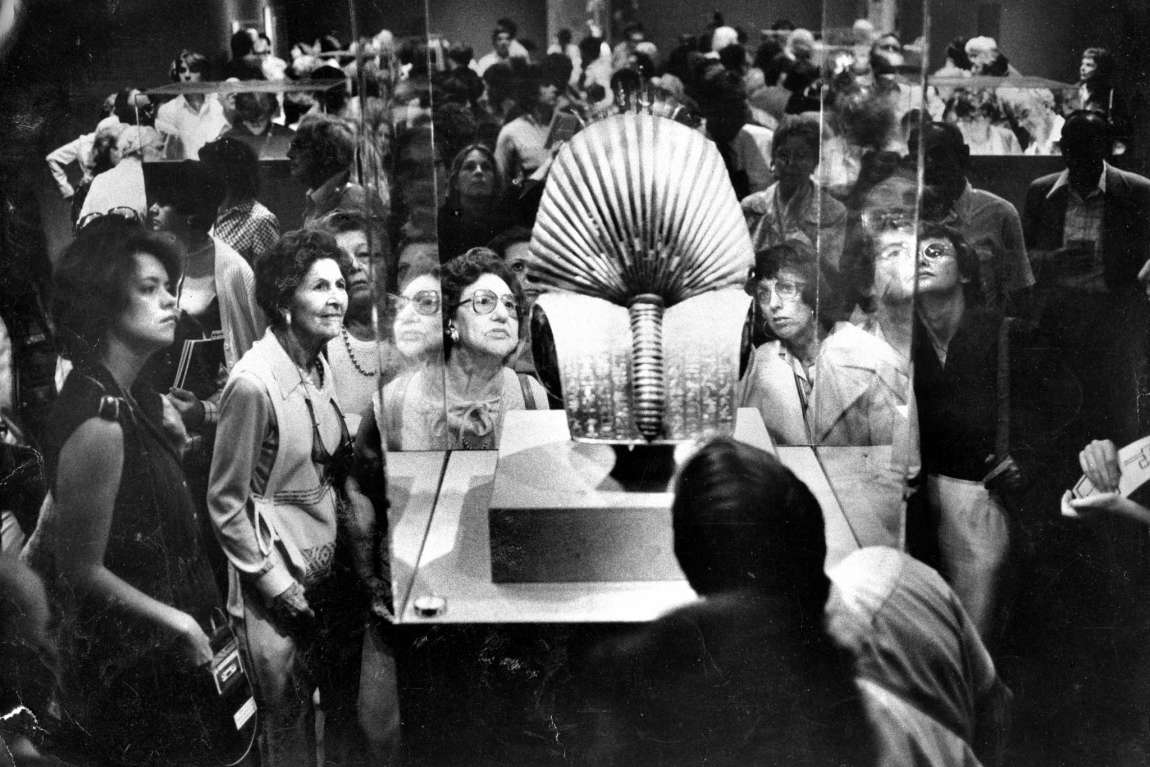
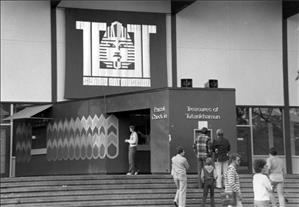
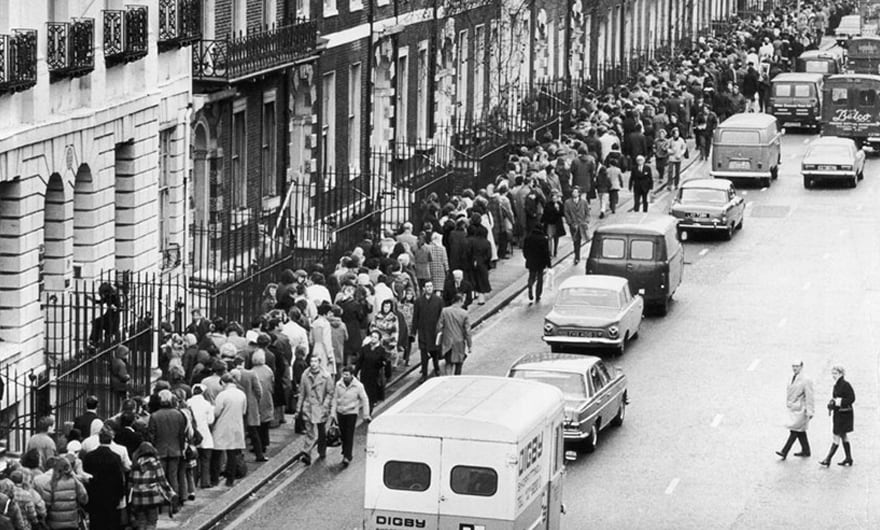
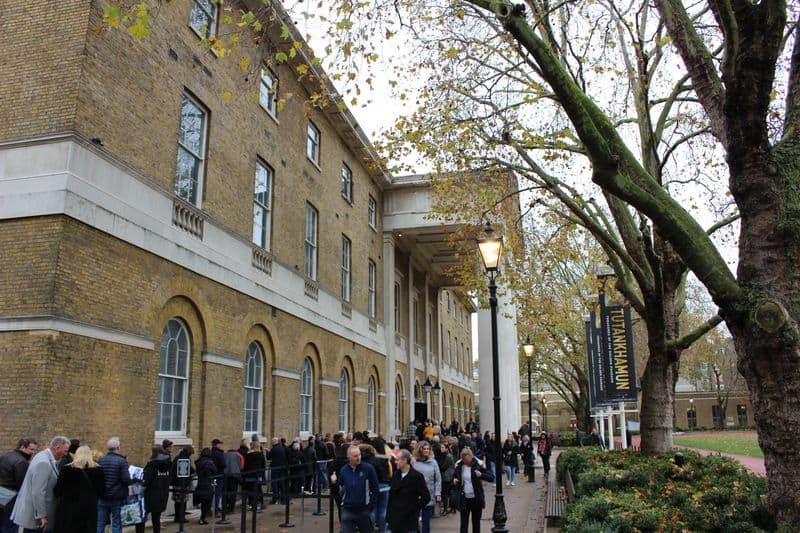
Courtesy of Archeology Travel, WBUR News, King Tut Treasures of the Golden Pharaoh, San Francisco Chronicle, the National Gallery, and History Link
“When the exhibition opened at the National Gallery on November 17, 1976, the line wrapped around the three-block-long building.” - NEH
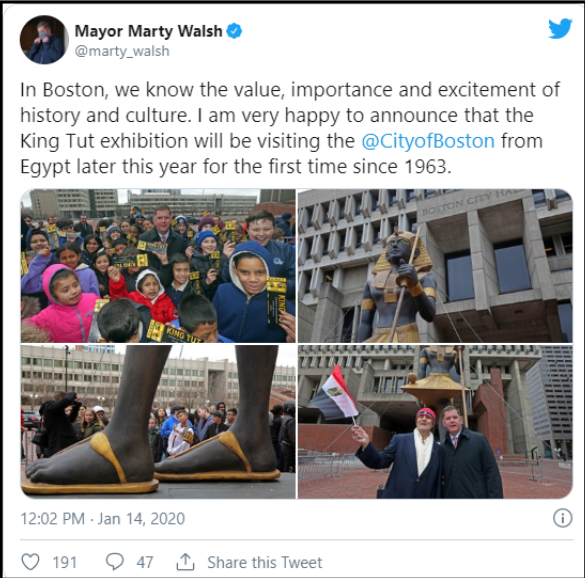
Courtesy of Marty Walsh
